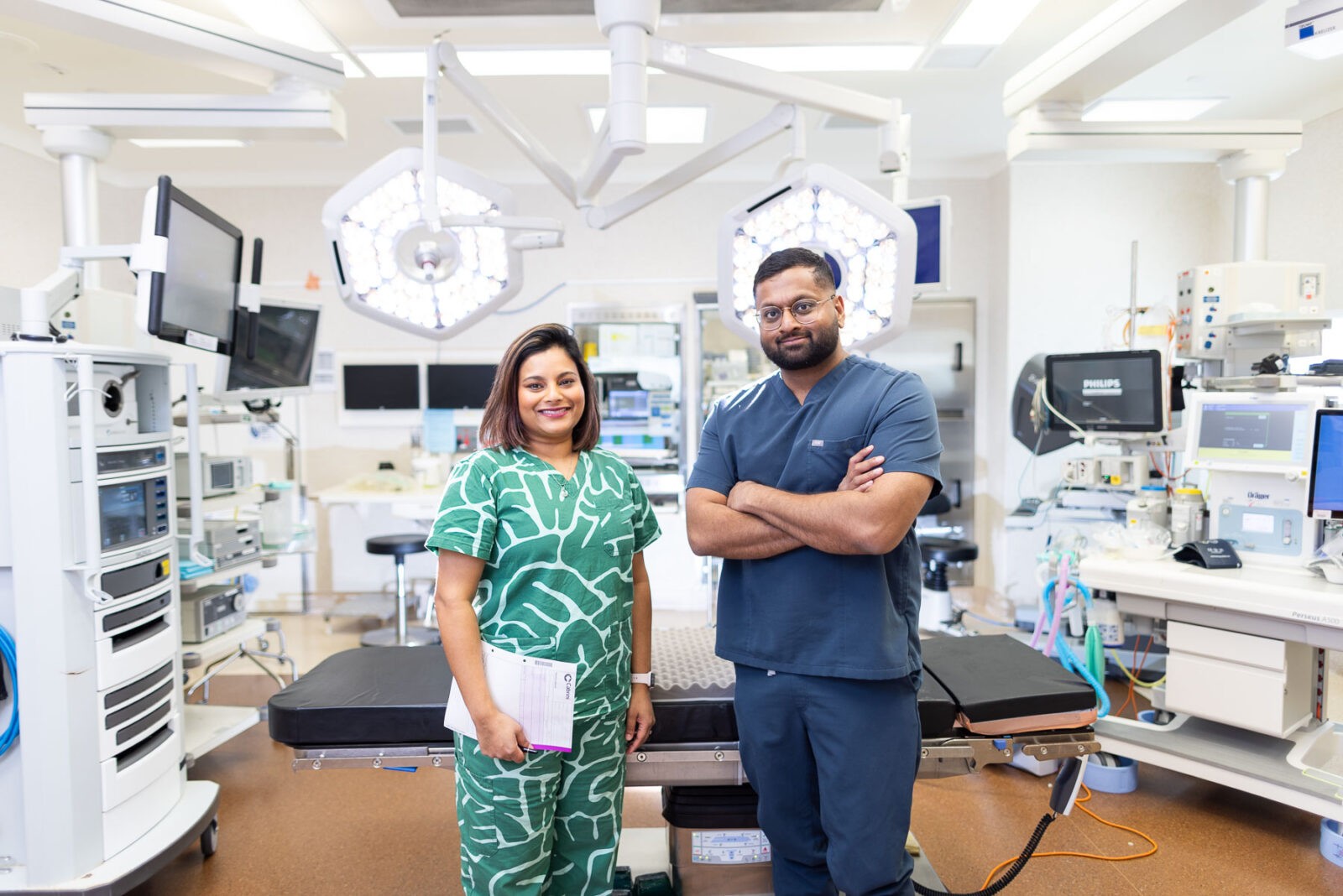Laparoscopic surgery, also known as “keyhole” surgery, involves using a laparoscope (a thin, lighted tube with a camera) inserted through small incisions in the abdomen. This allows the surgeon to view the pelvic organs on a screen and perform procedures using specialised instruments.
Laparoscopic surgery offers numerous benefits over traditional open surgery, including reduced pain, smaller scars, and faster recovery.
At MIGYNAE, we understand the unique health needs of women and are dedicated to providing personalised, high-quality care.
Our team of experienced gynaecologists utilises the latest technologies, including laparoscopic surgery, to ensure the best outcomes for our patients.
To learn more about laparoscopic surgery or to schedule a consultation, please contact us.









We are a general gynaecology clinic based in Melbourne, dedicated to the latest Minimally Invasive (MI) gynaecological diagnostic and surgical techniques. We are leaders in laparoscopic and cutting-edge robotic “keyhole” surgery.
If you have a question about a condition or treatment, or would like to book an appointment, please get in touch.